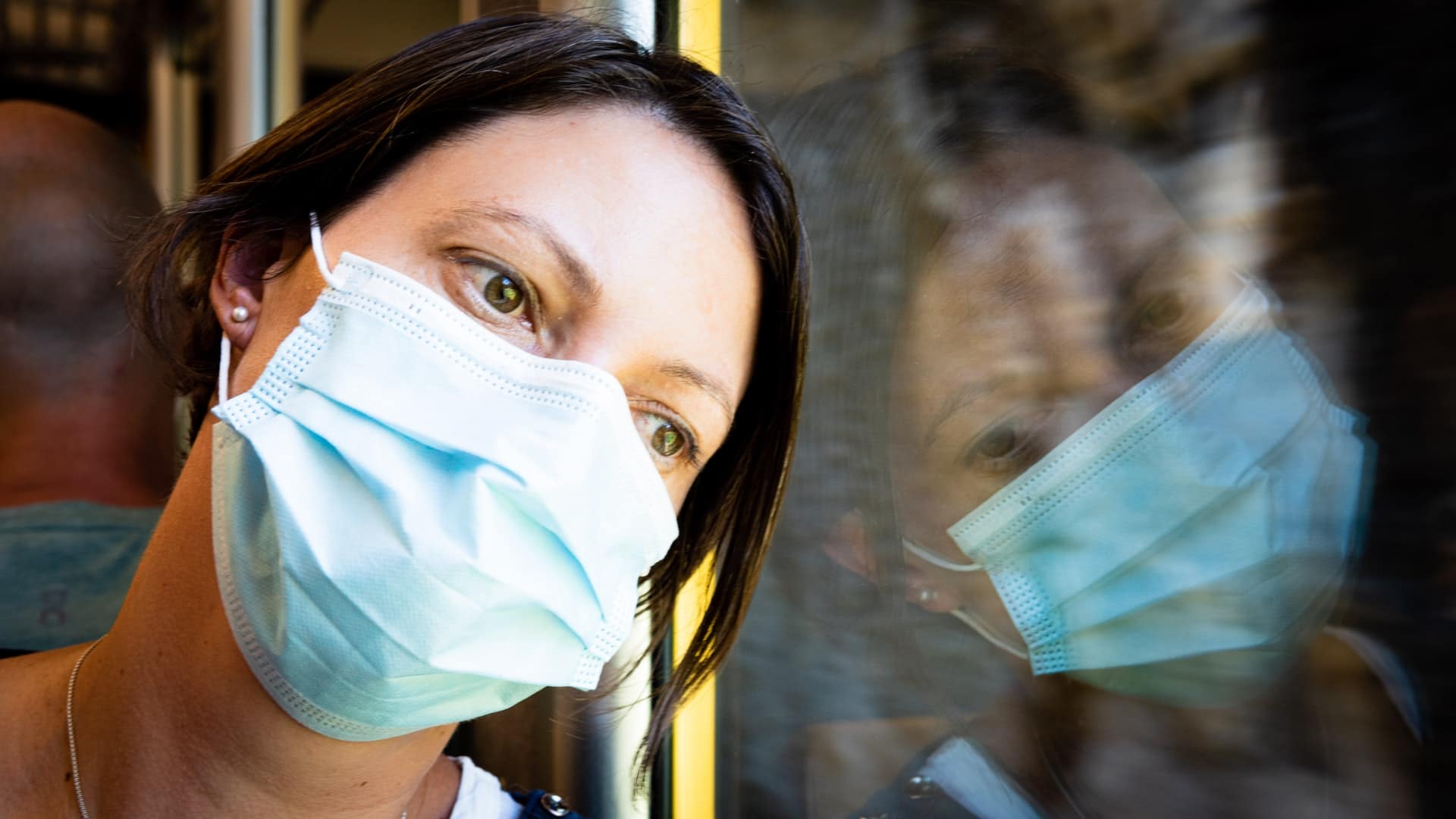Is pandemic fatigue setting in around the world? New data released today suggest that, in some countries, people are far more likely to be practicing COVID prevention measures than they were just months ago, while other nations are seeing more people abandon important behaviors such as mask wearing and social distancing.
The new data provide insights into how people feel about the coronavirus pandemic as it enters its eighth month. More than 50 million people around the world have been sickened with COVID-19 this year and at least 1.2 million have died. There is no approved vaccine or proven cure for COVID-19.
“We know people are tired of the disruptions and restrictions caused by the COVID-19 pandemic. I know I am,” says Susan Krenn, executive director of the Johns Hopkins Center for Communication Programs. “The value of these new findings is that they show us where people have let down their guard and where public health officials may need to redouble their efforts to make sure that people are doing everything they can to stem the spread of the disease.”
The latest findings come from the KAP COVID dashboard, which presents data from a global survey of knowledge, attitudes and practices around COVID-19. This batch of data was collected in seven, two-week waves from July to October from more than 720,000 people. The findings allow researchers, public health programmers and policymakers to compare changes in behaviors and attitudes over time.
The easy-to-use dashboard was created in a collaboration among CCP, Facebook Data for Good and MIT, and with the World Health Organization and Global Outbreak Alert and Response Network serving as advisors.
In general, mask wearing practices in most countries were at 80 percent or more throughout the survey. The biggest increase in mask wearing rate was observed in the United Kingdom. From July to October, the UK reported a 56 percent jump in the number of people who reported that people in their communities were regularly wearing masks. In Bangladesh, mask wearing fell by 21 percent over the same period.
The new data are disaggregated by gender as well as the urban-rural divide and illustrate striking differences over time in those categories. In the United States, for example, there is a slight decrease overall in those who say they believe that people like them are likely to become infected with the coronavirus. But that shift from July to October was far more dramatic among men and people living in rural areas, with eight percent fewer men and 12 percent fewer people in rural areas agreeing with that statement. Those in rural areas were also significantly less likely over time to fear serious consequences should they become infected.
There are also wide variations across countries. In July, for example, just 12 percent of respondents in Poland said they thought that COVID was a significant risk to their health (increasing to 21 percent by October). Yet, in Vietnam, 90 percent of respondents worried about the threat to their health, despite a low COVID-19 caseload.
Krenn says the most disconcerting finding is the global downward trend in how likely people said they would be to get a COVID-19 vaccine, once one becomes available. Among the 23 countries, only two (Nigeria and Malaysia) reported increased intention to receive a COVID-19 vaccine. The number of people who wanted to take a vaccine over the course of the survey fell the most in France, Japan and the United States. Five of the countries included in this survey reported vaccine acceptance rates at 50 percent or lower at the last wave of data collection.
Krenn does caution that these numbers could change once a vaccine is approved for use and more is known about its specific safety profile.
For more information on the newest data visualization and unique pages for each of the countries surveyed with disaggregated findings by sex, age, education level and residence, visit ccpnews.link/kapcovid.
CCP is hosting a webinar on the new findings, “Utilizing Data from the KAP COVID Survey to Manage the COVID-19 Infodemic” at 9 a.m. on November 11. Register here.





